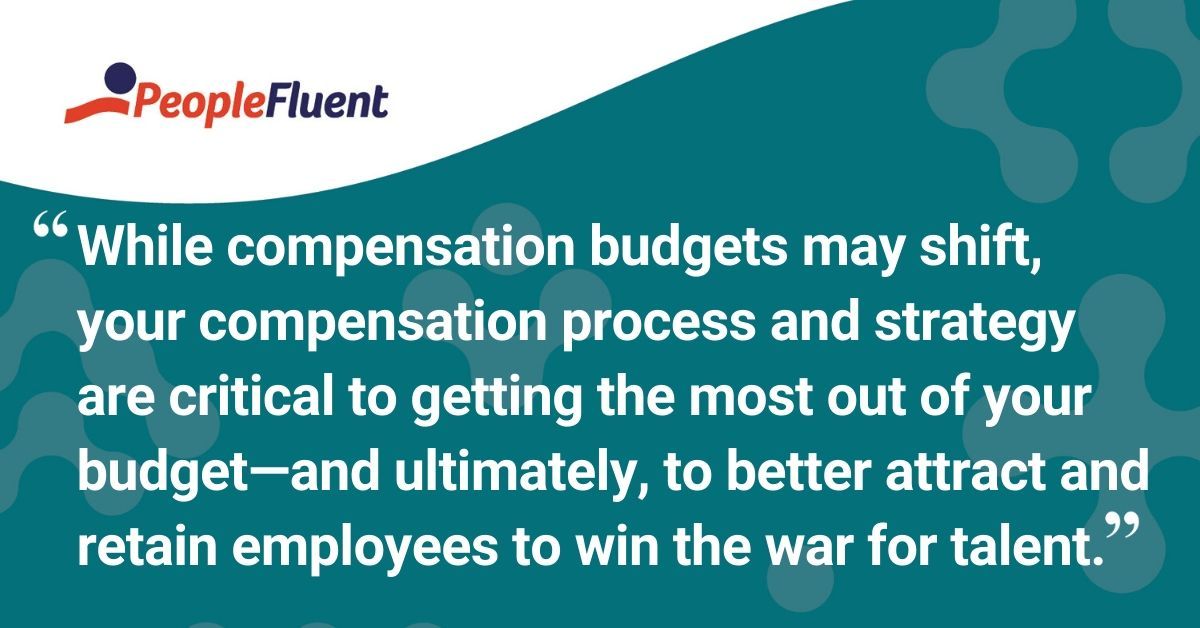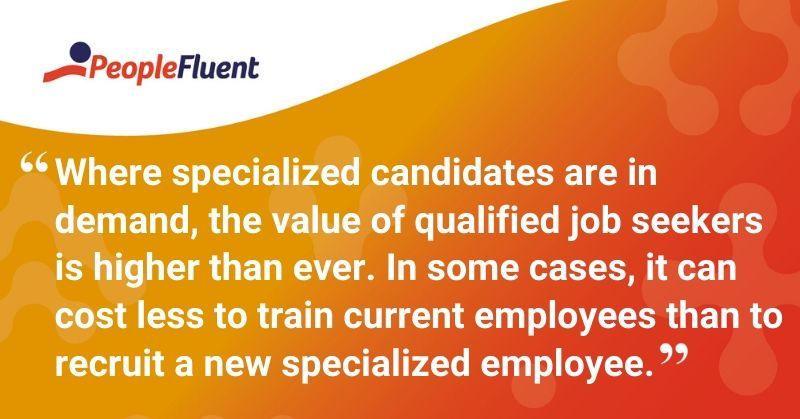Published: May 24, 2018Time to read: 5mins Category: Compensation
Beyond Ratios and Raises: 3 Compensation Strategies for Better Outcomes
It’s an unfortunate fact that most compensation teams have experienced or are experiencing the pressure of managing an annual increase cycle with a flat or trimmed budget. The recent trend of 3% increases appears to be holding steady in 2018.
While there is a clear connection between employee compensation and retention, and more organizations are demonstrating that connection by implementing pay for performance strategies, the combined talent shortage and looming skills gap across many industries is dramatically hindering growth, innovation, and service quality.
What best practices can compensation and rewards leaders use to increase collaboration with HR peers to best support recruiting and succession planning? How can compensation strategies influence HR’s ability to attract and retain critical talent and sustain company growth?
While compensation budgets may shift, your compensation process and strategy are critical to getting the most out of your budget—and ultimately, to better attract and retain employees to win the war for talent.

You might also like: 'The Top 4 Benefits of Using Compensation Management Software'
Here are three tips to do that.
1. Embracing Pay Transparency
For many organizations, hiring is a major challenge. Global figures indicate that 40% of employers have difficulty filling positions. As of March 2018, the US has 6.6 million job openings with an average vacancy duration of 30.4 working days—64.3 days for companies with 5,000 or more employees.
“When the pain associated with losing too many workers to competitors or the inability to find qualified applicants reaches a general tipping point, wage growth will accelerate.” US Cash Compensation Outlook for 2016 Kerry Chou, WorldatWork, Senior Practice Leader
Job seekers are now comparing salary rates and pay equity information of potential employers on social sites like Glassdoor before even applying for open positions.
Companies looking to improve their employer brand among employees and candidates can embrace this transparency trend. Consider updating your target market rate for certain hard to fill jobs to improve time-to-fill rates and pay equity.
Top performing companies recognize that they may need to pay above the median for critical positions or capabilities because having top talent in these roles can significantly increase organizational productivity. Organizations like Starbucks and Trader Joe’s consistently appear on Glassdoor's Best Place to Work and have long promoted the impact of their pay plans on higher sales, in addition to customer satisfaction.
More from the blog: 'Beyond the Headlines: How a Pay Equity Strategy Translates to a Competitive Advantage'
2. Train and Reward to Retain
Currently, North American and Europe face a skills gap. The supply of college graduates remains steady, but the labor market needs other skills such as qualified electricians and plumbers. For instance, the US manufacturing sector needs truck drivers, specialized certifications, and STEM (Science, Technology, Engineering and Math) skills.
Where specialized candidates are in demand, the value of qualified job seekers is higher than ever. And in some cases, it can cost less to train current employees than to recruit a new specialized employee.
To that effect, consider establishing rewards programs for employees who complete training, professional development, technical, or apprenticeship programs. By tying compensation and rewards to training and development strategies, compensation leaders can not only improve employee engagement, retention, and succession planning—they can effectively meet the talent demands of the business.

Related content: '4 Secrets to Pay Transparency Success'
3. Pay for Outcomes, Not for Performance
Pay for performance is a compensation strategy that many organizations implement to justify rewards for high performers and associate employee goals to company objectives. Talent management systems, such as the PeopleFluent Talent Productivity Platform, integrate performance management systems with compensation planning to guide merit increase and reward decisions and ensure they align with company strategy.
The hallmark of pay for outcomes is to leverage quantifiable data for rewards and incentives. However, performance data collected by managers and co-workers is typically subjective and prone to unconscious biases. Alternatively, many industries track labor activity data. Primarily used for staffing and scheduling purposes, labor data can also support performance data, then be tied to compensation as part of a pay-for-outcomes strategy and an increased return on talent.
For example, manufacturers use workforce management systems to measure line employee activity, tracking output, quality, scrap, shortage, downtime, and other metrics. These data are typically used to measure staffing efficiency for scheduling to meet demand.
But this information can also be used by compensation leaders to reward employees based on outcomes—not just in manufacturing, but also in other industries, by tying task management systems to performance and compensation.
Hand-picked for you: '4 Dangers of Using Spreadsheet Templates for Compensation Planning'
Integrate and Elevate for Maximum Strategic Impact
While talent management technology discussions often focus heavily on recruiting, learning, and performance management solutions, compensation is cited as one of the top factors in talent retention, acquisition, and development. So a modern compensation management software integrated with a talent management suite can elevate the strategic impact of your talent strategy to the organization.
Keep reading: 'Why It's Time to Abandon the Merit Matrix'
Discover How to Reward People and Stay Competitive
PeopleFluent software provides the tools to help you plan and execute complex compensation plans, so you keep within your budget while attracting, rewarding, and retaining top performers.